Black residue on cast iron skillet
shezzy_in_sj
18 years ago
Featured Answer
Comments (23)
barbara9093
18 years agoowbill
18 years agoRelated Professionals
Augusta Furniture & Accessories · Easton Furniture & Accessories · Toledo Furniture & Accessories · Carson City Furniture & Accessories · San Elizario Furniture & Accessories · Genova Furniture & Accessories · Fernway Interior Designers & Decorators · Struthers Interior Designers & Decorators · Rosaryville Interior Designers & Decorators · Buffalo Grove Kitchen & Bathroom Remodelers · Folsom Kitchen & Bathroom Remodelers · Hunters Creek Kitchen & Bathroom Remodelers · Linton Hall Kitchen & Bathroom Remodelers · Oceanside Kitchen & Bathroom Remodelers · Phillipsburg Kitchen & Bathroom Remodelersteresa_nc7
18 years agogizmonike
16 years agodanab_z9_la
16 years agogizmonike
16 years agodanab_z9_la
16 years agodanab_z9_la
16 years agontt_hou
16 years agodanab_z9_la
16 years agontt_hou
16 years agopatrick70
14 years agoptlpal_yahoo_com
13 years agodanab_z9_la
13 years agodanab_z9_la
13 years agomnrunion
11 years agosushipup1
11 years agojess_leigh
10 years agovickioc
9 years agokaseki
9 years agoSimon Beer
8 years agoTimothy Stone
7 years ago
Related Stories

TASTEMAKERSPro Chefs Dish on Kitchens: Michael Symon Shares His Tastes
What does an Iron Chef go for in kitchen layout, appliances and lighting? Find out here
Full Story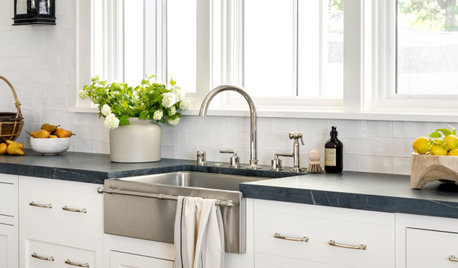
KITCHEN DESIGN8 Kitchen Sink Materials to Consider
Learn the pros and cons of these common choices for kitchen sinks
Full Story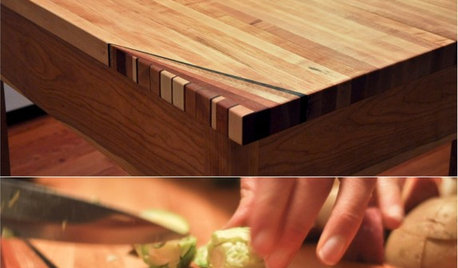
WOODWORKINGHow to Clean and Care for Your Butcher Block
Keep butcher block counters and boards looking sharp as a knife — and sanitized for safe food prep — with this advice from a pro woodworker
Full Story
COFFEE WITH AN ARCHITECTAn Architect's Calling Cards
The next time you run into a tongue-tied architect hanging out solo in a corner, one of these handouts may help
Full Story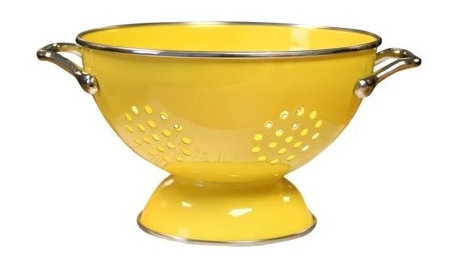
PRODUCT PICKSGuest Picks: The Well-Stocked Starter Kitchen
We’ve got all the kitchen basics and tableware you need (or that recent grad needs) to make cooking a joy
Full Story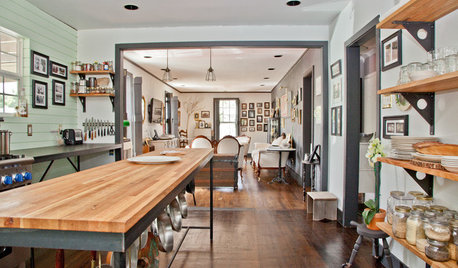
HOUZZ TOURSMy Houzz: Family Memories and Personal Details in Texas
Newlyweds give their 1940s home some DIY love, opening it up and filling it with upcycled pieces, custom touches and family keepsakes
Full Story
ROOM OF THE DAYRoom of the Day: Roughing Up a Contemporary Master Bath
Natural materials and toothy textures help a sleek bathroom fit a rustic house
Full Story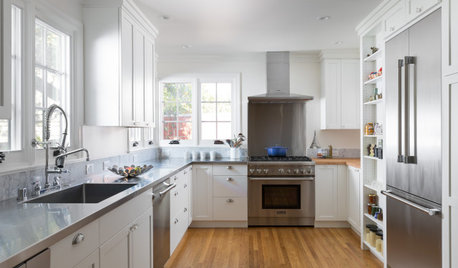
HOUSEKEEPINGHow to Clean Stainless Steel
Protect this popular kitchen material with a consistent but gentle cleaning routine
Full Story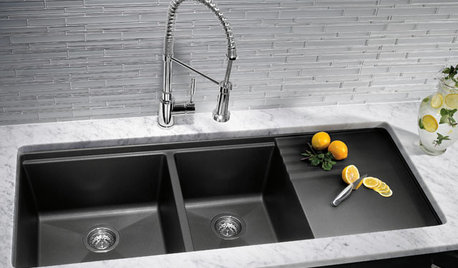
KITCHEN DESIGNKitchen Sinks: Granite Composite Offers Superior Durability
It beats out quartz composite for strength and scratch resistance. Could this kitchen sink material be right for you?
Full Story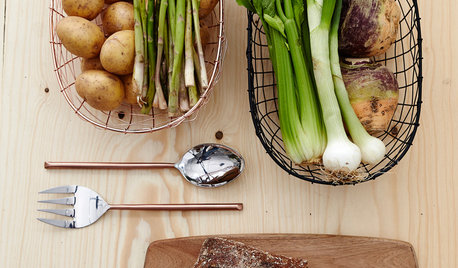
MOVINGYour First Home: Beautiful Basics and Multitaskers for Every Room
Here’s what to choose and what to avoid when outfitting a new house
Full StoryMore Discussions






gizmonike